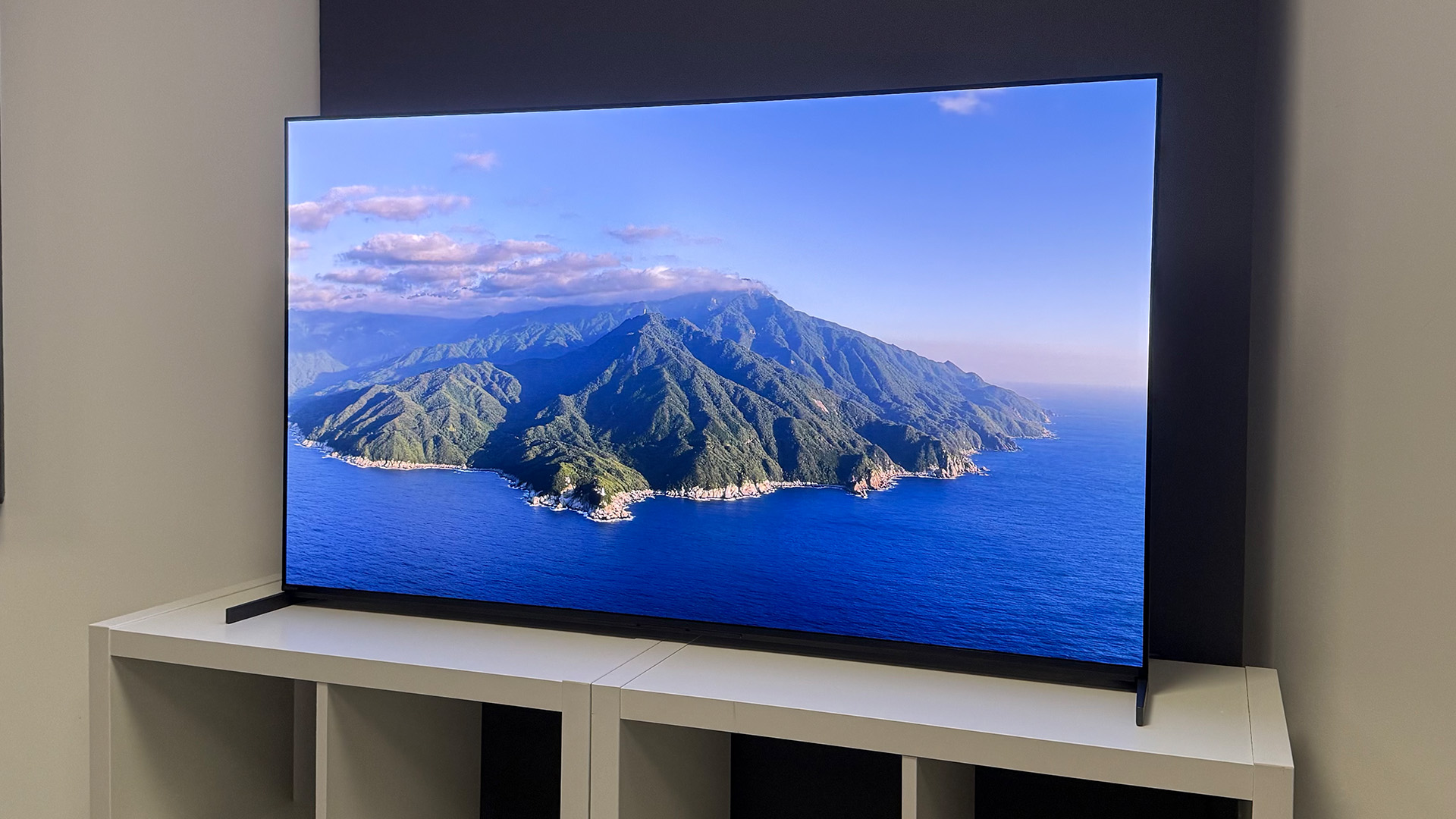Wireless speaker vs all-in-one system vs hi-fi separates: which beginner audiophile path is right for you?
You have three 'S' options to choose from
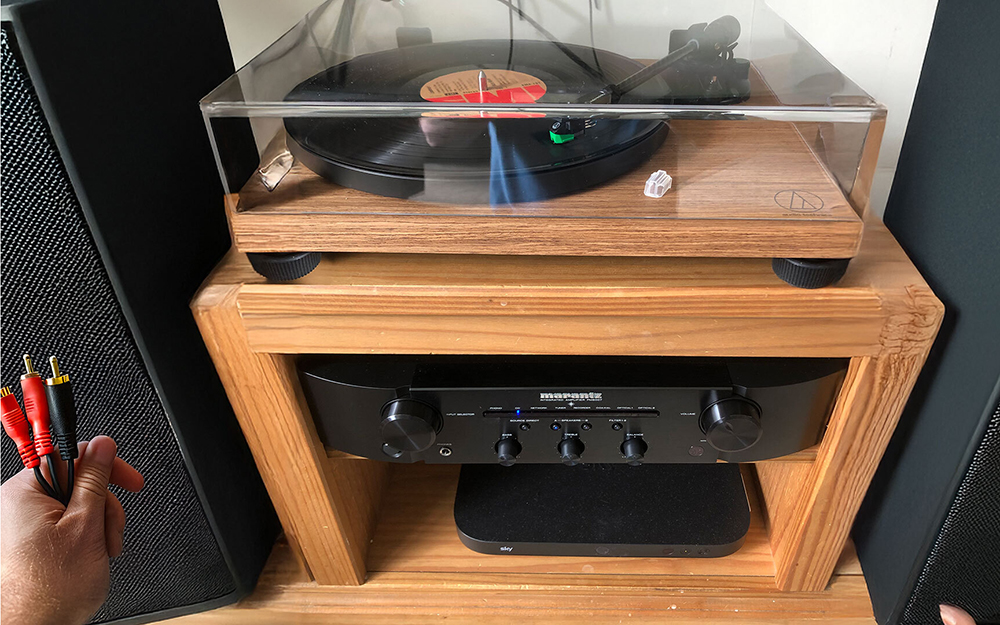
Quite understandably, we are regularly asked by friends and acquaintances how to go about starting a music system and what to buy. As if we had just been asked to explain whether or not fate exists, our instinctive initial response is “how long have you got?”... before of course willingly and dutifully following that up with discussions around their budget, living space, performance expectations, how they consume music, and what (if anything) they already have – all to gauge what kind of set-up might be best suitable. By writing this article, we hope that the next time we are asked (and the times after that), we won’t have to go through all that rigmarole – or even open our mouths. We can just shove this in front of them instead.
This article is designed to outline the bigger picture; to present the pros and cons of each of the three main routes to hi-fi sound, to help you decide which one you might want to go down. We have provided links to further buying advice that will help you buy and set up your kit once you’ve chosen your desired path.
First things first…
Historically, the most sensible starter question has concerned budget; how much do you want to spend? That factor is still important, of course, and is largely going to determine what kit you end up with, but now more than ever, thanks to the increased affordability across the audio system spectrum, your budget is going to cover all kinds of set-ups.
Essentially you have three main ‘S’ paths to go down – speakers, systems or separates – and all are viable so long as your budget is at least £300 or £400 (or the equivalent in American and Aussie dollars). So, first things first, you want to nail down which ‘S’ is best for you…
Wireless speakers
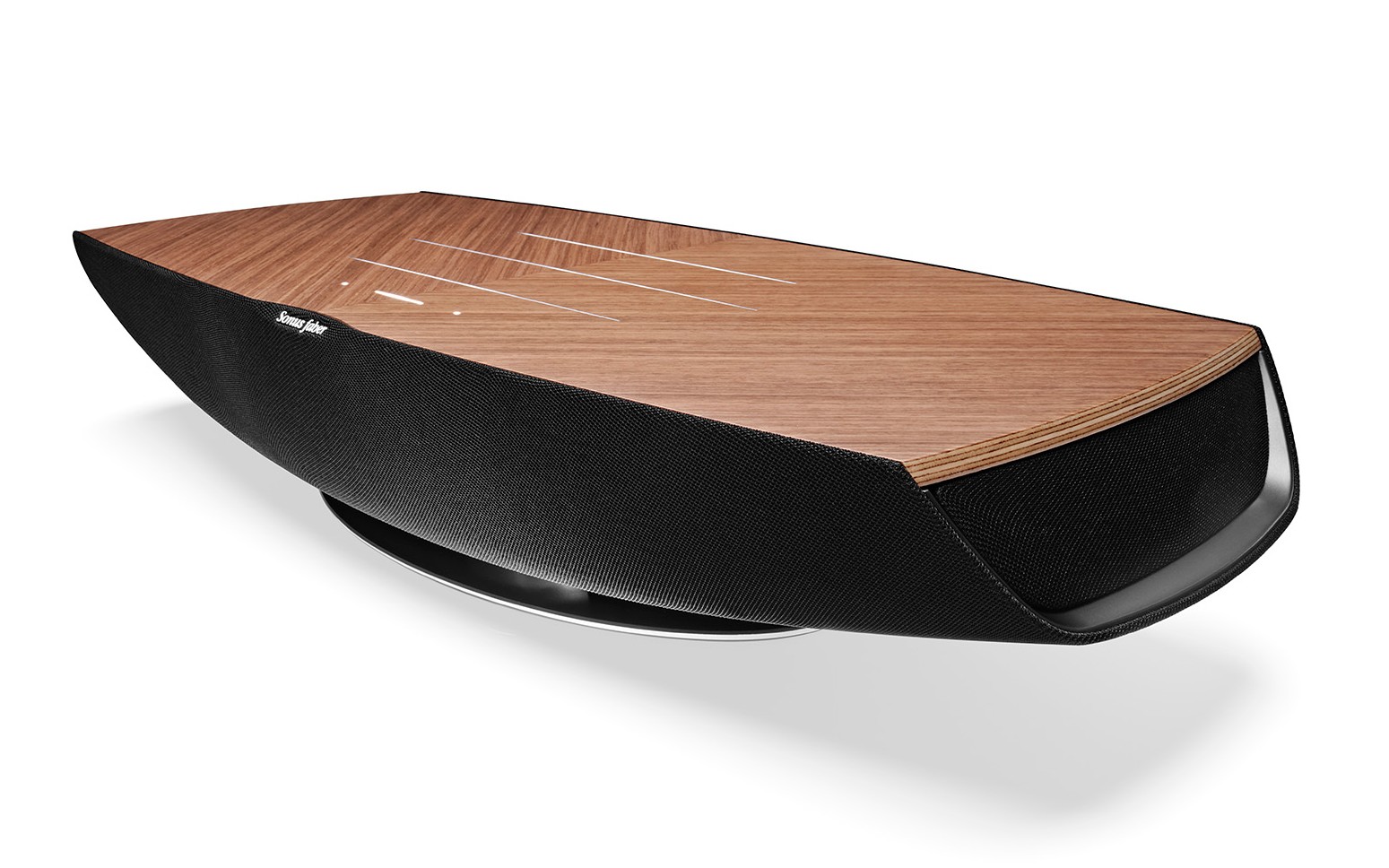
Here, we predominantly mean your all-in, one-box wireless speaker. This can range from affordable, compact and kitchen worktop-suitable speakers (like the Audio Pro C20) to pricier, larger and more ambitious propositions (like the Sonus Faber Omnia, pictured above). There is plenty in between those two extremes too, as you can see in our wireless speaker buying guide.
Such wireless speakers are essentially all you need as they cover the three necessary bases – source, amplification and speaker. They can be the be-all and end-all of your audio set-up. These days they have wi-fi built-in and access to internet radio and subscription-based music streaming services (often via a dedicated control app), plus casting technologies like AirPlay 2 so that you can cast music directly from your phone or tablet. Physical connections of some sort let you connect a turntable or another audio source if you wish, too.
Wireless speaker: pros
Space efficiency: wireless speakers are just one box, and even the most serious – and larger – models are tabletop-friendly. You don’t have to think about the impact your room will have on the sound as much as you do with the other two options.
The latest hi-fi, home cinema and tech news, reviews, buying advice and deals, direct to your inbox.
Straightforward: wireless speakers are the easiest and simplest to set-up and operate. It takes a matter of minutes to plug them in, connect them to your wi-fi and get acquainted with any companion apps.
Affordable: wireless speakers have the most affordable options, though you should ignore those that cost only a couple of hundred if you want room-filling, ‘audiophile’ sound. They don’t require any accessories, either.
Wireless speaker: cons
Limited sound: wireless speakers are limited in terms of scale, volume and stereo imaging, as the sound is being fired out from one rather narrow position, often by relatively small drive units. Systems and separates (below) will typically sound better for the same money, too.
Poor perceived value: comparatively, wireless speakers even at the top end don’t look as expensive as a set-up formed of multiple boxes. Their ‘fit and forget’ nature overlooks the oft-rewarding tactility of a multi-box system, too.
Limited upgradeability: upgrading down the line means replacing the whole thing, while with systems and separates you can upgrade individual components.
Why consider a wireless speaker?
There’s no two ways about it, wi-fi speakers are super convenient. They are accessible, efficient and uncomplicated to house and use. They often boast several modern features of our music streaming world, not to mention contemporary aesthetics. You can get some very good-sounding and room-filling speakers at the premium end of the market, too, even if they won’t reach the volumes and scale of a system or separates set-up. If that sounds like all you need, job done – easy.
That said, if you have the space and will to get down and dirty with a more sophisticated and 'proper stereo' set-up, to reap the reward of potentially better sound for your pound, keep reading.
- See the best wireless speakers you can buy
Systems
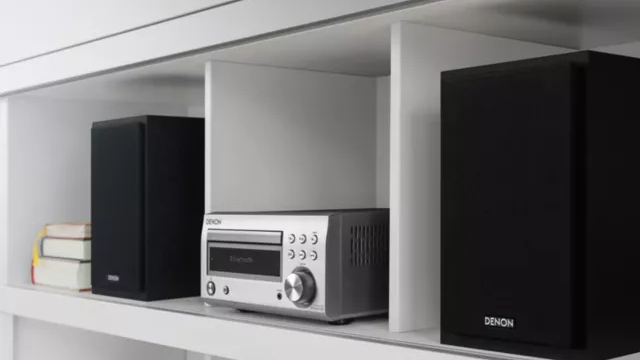
By systems, we mean audio set-ups containing more than one box – typically two or three – whereby one of the boxes covers two of the necessary system jobs (source, amplification, speakers).
That could be one box that packs amplification and a source (a CD player or streamer, say), to which you must buy stereo speakers to connect – like the Technics SA-C600. (An all-in microsystem such as the Denon D-M41DAB – pictured above – includes speakers, which can take speaker research out of the equation.) Or it could be a pair of active stereo speakers, which neatly house everything you need in two speaker cabinets – like the KEF LSX II LT. Indeed, it's an eclectic product category.
The idea is that you get a ‘proper’ stereo speaker-fronted system, but one that is typically simpler, more convenient and more space-savvy than a separates solution (which we'll get to shortly).
System: pros
True stereo sound: systems are fronted by stereo speakers that can be positioned apart to deliver true stereo, room-filling sound. You’ll generally get superior sound to what a similarly priced wireless speaker can offer.
Space-savvy: systems will take up more room than a wireless speaker, of course, but by components doubling up on duties, you reduce your set-up’s overall box count over a true separates solution.
Negates (some) system matching: as everything in your system needs to be sonically matched, having one box cover two jobs means that those jobs have been designed to work together well. Here's the secret to matching the right components.
Fewer cables: fewer boxes means fewer cables are needed to hook everything up. Unless you're connecting an additional source, such as a turntable, you won't need an interconnect audio cable – only a set of speaker cables.
System: cons
Compromised sound: while the best examples of systems are getting closer and closer to the quality of a separates system, they aren’t quite there. Sonic sacrifices are inevitable when internal circuitry and components for multiple tasks share space inside a box with limited isolation, for example.
Limited upgradeability: while systems offer greater opportunity for incremental upgrades than wireless speakers due to their multiple parts, the higher box count of separates offers more again.
Extra cost and effort: unlike wireless speakers, the cost of accessories (speaker cables at the minimum) needs to be factored in, as does the time to research how to position and connect your speakers and electronics.
Why consider a system?
Whole systems that pack everything into two or three boxes are increasingly popular – and with good reason. A streaming amplifier connected to a pair of speakers is, for example, fairly straightforward to set up and accommodate; it saves you the faff of researching what individual music streamer and stereo amplifier will be a sonic match and, unlike wireless speakers, offers true stereo sound that will likely also be better in quality.
So if you want a music set-up with great sonic capability and more future upgrade freedom than a wireless speaker, but that is also neater and slightly easier to build than a separates one, the best-of-both-worlds hi-fi system route is a great option. The sound quality of such double-duty components is only going one way, too – up! – although ultimately nothing can beat a separates system on the performance front.
- The best hi-fi systems you can buy
Separates
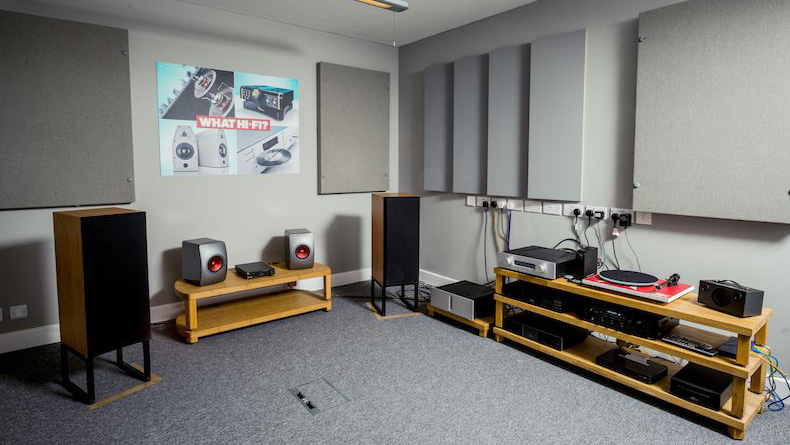
By separates, we mean a set-up whereby every necessary system aspect – source(s), amplifier and speakers – is individually tackled by a separate component. So, for example, you could have a music streamer, turntable and/or a CD player, a stereo amplifier and a pair of speakers comprising your system. The most extreme separates system would even split the amplification into separate preamplifier and power amplifier boxes for further sonic gains, and perhaps also add into the mix a separate phono stage (to improve turntable performance) and DAC (to improve digital audio performance).
If you haven’t gathered already, this is the purist route – the one to optimal performance and the most versatile when it comes to upgrading performance in the future. But you have to work for it: of all three options, a separates system requires the most space and, in nearly all cases, budget, as well as the time and effort it takes to firstly research kit that matches well, and then secondly correctly position and connect each component.
Separates: pros
Best sound: separate systems offer the most potential when it comes to outright sound quality, and tend to deliver more for your money than the other two options.
Vast upgrade opportunity: more boxes means you can incrementally upgrade parts of your system as you go more meaningfully and cost-effectively, rather than having to replace all (or big chunks) of it in one go. You have greater control over your system’s sound.
Building reward: building a separates system is tactile and an art, and once initiated you get the satisfaction of a job well done. The tweaking and experimenting in the aftermath can be rewarding too.
Separates: cons
System-matching effort: Three – or more – components means you’ll need to consider how well they all go together sonically, right down to the cables.
Set-up effort: more components also means each must be carefully considered in terms of where they are placed and how they are positioned, how they are connected, and how they all work in your room (because your room is important). This process takes time, research and often a good dose of trial and error.
Costs: These days you can find individual components that can each cost as little as £100 / $120 / AU$250, but our tried-and-tested recommendations start a little higher than that. Plus you need to factor in various audio interconnect and speaker cables, perhaps as well as speaker stands and a hi-fi rack that will sturdily support all your boxes.
Why consider separates?
The time, money and effort separates demand isn’t for everybody. But if you’re in it for the long haul, priortise sound performance above all else, and have the budget and patience to build a hi-fi system well, the separates route is the one for you.
And now that you've made that decision, we can suggest further reading that will help you along your separates system building journey. You can find the class-leading performers in every hi-fi category in our Best Buy buying guides, and then follow the set-up advice linked below.
Welcome to hi-fi, budding audiophile – we hope it's enjoyable and strengthens your connection to music.

Becky is a hi-fi, AV and technology journalist, formerly the Managing Editor at What Hi-Fi? and Editor of Australian Hi-Fi and Audio Esoterica magazines. With over twelve years of journalism experience in the hi-fi industry, she has reviewed all manner of audio gear, from budget amplifiers to high-end speakers, and particularly specialises in headphones and head-fi devices.
In her spare time, Becky can often be found running, watching Liverpool FC and horror movies, and hunting for gluten-free cake.
